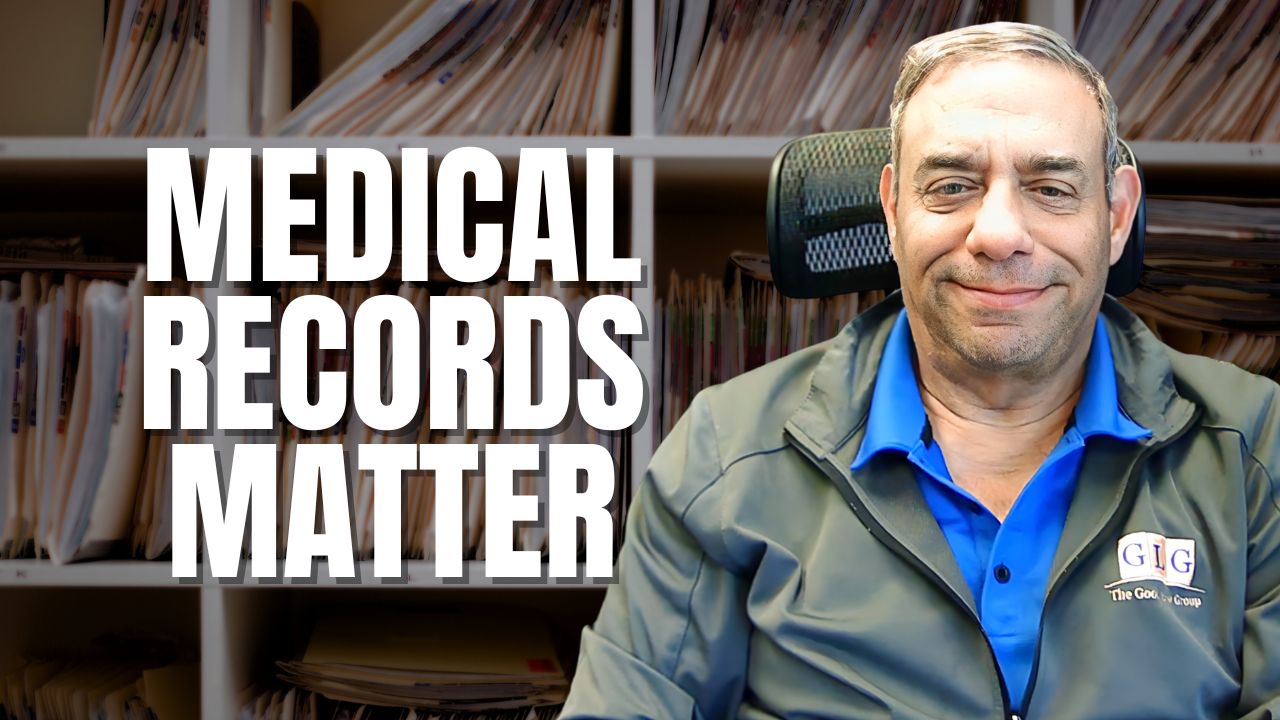If you receive Social Security Disability (SSD) benefits, at some point the Social Security Administration (SSA) will conduct a continuing disability review (CDR) of your case to determine whether you are still disabled and entitled to benefits. The frequency of CDRs is usually dependent upon the nature and severity of your medical condition and the likelihood that it will improve, although certain situations – like returning to work or the SSA getting information that your medical condition has improved – can trigger an earlier review.
While the prospect of losing disability benefits is rightfully scary, being the subject of a CDR isn’t necessarily an indication that your benefits will soon be discontinued. In fact, more than 90% of cases are approved for continued benefits following a CDR. Understanding the process can help alleviate your fears and improve the already considerable odds that your benefits will be continued.
When the SSA approves your application for SSD benefits, your medical condition will be classified into one of three categories. The category to which you are assigned dictates the frequency of your CDR. These categories are:
- Medical Improvement Expected (MIE)
Recipients in this category can expect a CDR between six and 18 months from your application approval date or the date of your last CDR. - Medical Improvement Possible (MIP)
Recipients placed into this category can expect a CDR at least once every three years. - Medical Improvement Not Expected (MINE)
Disabling conditions that fall into this category are those which, based on the SSA’s experience, are not expected to improve over time or may possibly get worse. Recipients who fall into this category can expect a CDR once every seven years, but no more frequently than once every five.
Your certificate of award should indicate when to expect a CDR. Keep in mind that the SSA can reclassify your medical condition following a review. For example, a person whose medical condition was categorized as MIP can be moved into the MIE category. A reclassification will change the frequency of subsequent CDRs.
The Continuing Disability Review Process
Continuing disability reviews are handled in a similar manner to your initial benefits application. The SSA will request and review information regarding your medical history and its impact on your ability to work, with one major difference – during a CDR, the SSA has the burden of proving that you are no longer disabled. The SSA can only discontinue benefits if the review shows that:
- The severity of your disability, as it relates to your ability to work, has significantly decreased, or;
- You are capable of engaging in substantial gainful activity, as determined by the claims examiner or a vocational specialist.
- Failure to prove either of these conditions will result in a finding that disability benefits should be continued.
Disability Update Report
When it is time for your CDR, the SSA will mail you Form SSA-455, the Disability Update Report. This report usually covers the previous 24 month period, though it may be shorter; the exact period will be included on the report. This form requests information on the following:
- Your work history and monthly earnings;
- Whether you have the ability to return to work;
- Any improvement regarding your medical condition, and;
- Whether you have been hospitalized or have seen a doctor for any type of treatment, and the reason for such visits.
You must complete and submit the report to the address indicated within 30 days of receipt; failure to do so may result in termination of benefits. Once the form is returned, the SSA will let you know within 90 days whether benefits will continue, or if you must submit to a full medical review. Submitting any new medical documentation that supports your disability can help facilitate the review.
Continuing Disability Review Report
If the SSA determines it needs more information to review your case, it will send Form SSA-454, the Continuing Disability Review Report. This report is similar to the Disability Update Report, but requests more in depth information, along with the names of all physicians and hospitals you have seen since your last review so it can request updated medical records. Again, sending these records with the report not only speeds up the process,but also ensures that the SSA gets all the records that support your disability. The SSA may also ask that you submitto a consultative medical exam with an independent physician; the SSA will pay for this exam.
If Your Social Security Disability Benefits Are Terminated
If the SSA terminates your benefits following a CDR, you have the right to appeal the decision. Just like the initial application process, there are four levels of review: reconsideration, hearing, appeals council review, and a federal lawsuit. The appeal must be filed within 60 days of receiving notice that your benefits were denied. If you
wish to receive benefits during the appeal process, you must submit the appeal within 10 days of receipt, and you must specifically request that benefits be paid during the appeal process. If your appeal is ultimately denied, you may be responsible for paying back any benefits paid during this time.
At the Law Offices of Neil H. Good, we understand the importance of continued receipt of SSD benefits, and how scary the CDR process can be. To help ease your anxiety, our experienced staff can review either Form 454 or 455, or help you complete it, to ensure that it is completed correctly and include all the necessary documentation.
We charge $200 to review the form, and $300 to complete it. If your benefits are discontinued, we can also help you appeal the SSA’s decision.
Contact our office today at #(847) 577-4476 to schedule an appointment to discuss








